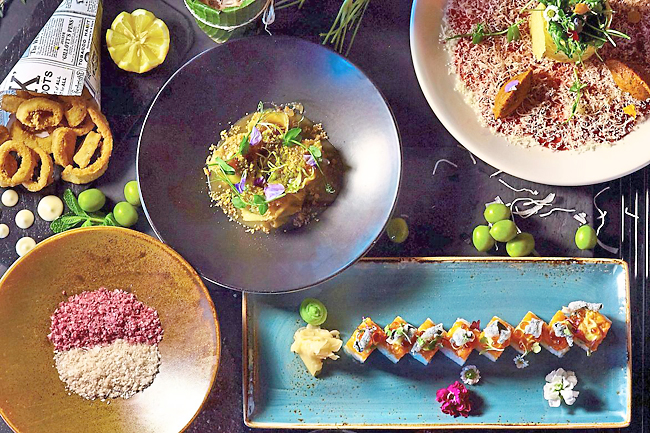AFP – To get people to eat vegetables, it could be worth paying attention to the dishes they’re served in.
The smell and texture of a food can undoubtedly influence the perception of its taste, but there’s another sense to consider: sight.
According to a study from the University of Portsmouth, published in the journal Food Quality and Preference, the colour of the plate or bowl that food is served in could have an impact on the perception of its taste.
To carry out their research, the specialists used a panel of 50 volunteers aged between 18 and 33 years.
They were divided into two distinct groups.
On the one hand, there were “picky eaters”, such as people who have difficulty trying new foods.

Their diet is often limited, and can involve specific food preparation, as well as strong dislikes.
“Across a lifespan, a picky eater will generally consume fewer than 20 different food items,” the researchers explained in a news release.
The second group was composed of people who were considered “non-picky”. Before starting the experiment, each person completed a food choice questionnaire (FCQ) and the food neophobia scale to assess their level of picky eating.
Note that the term neophobia refers to the reluctance to try new foods. The specialists provided them with three snacks in three different coloured bowls – white, blue and red.
They then measured the saltiness, the intensity of the flavour and the desirability of the food perceived by the volunteers. The scientists found that the colour of the bowl had an influence on people considered picky eaters, but not on the others.
“Specifically, the snack was rated as higher in saltiness in the red and blue versus white bowl, and least desirable when served in the red bowl,” explained the researchers.
In the United Kingdom, salty snacks are often sold in blue packaging, which could partially explain the perceived saltiness results, the study authors said.
“Through further research we could determine ways to help positively affect a person’s diet, and as a result their mental and physical health,” said olfactory researcher in the Department of Psychology at the University of Portsmouth Dr Lorenzo Stafford.
“This knowledge could be useful for those trying to expand the repertoire of foods. For example, if you wanted to encourage a picky eater to try more vegetables well-known to be viewed as bitter, you could attempt to serve them on a plate or bowl that is known to increase sweetness.”







